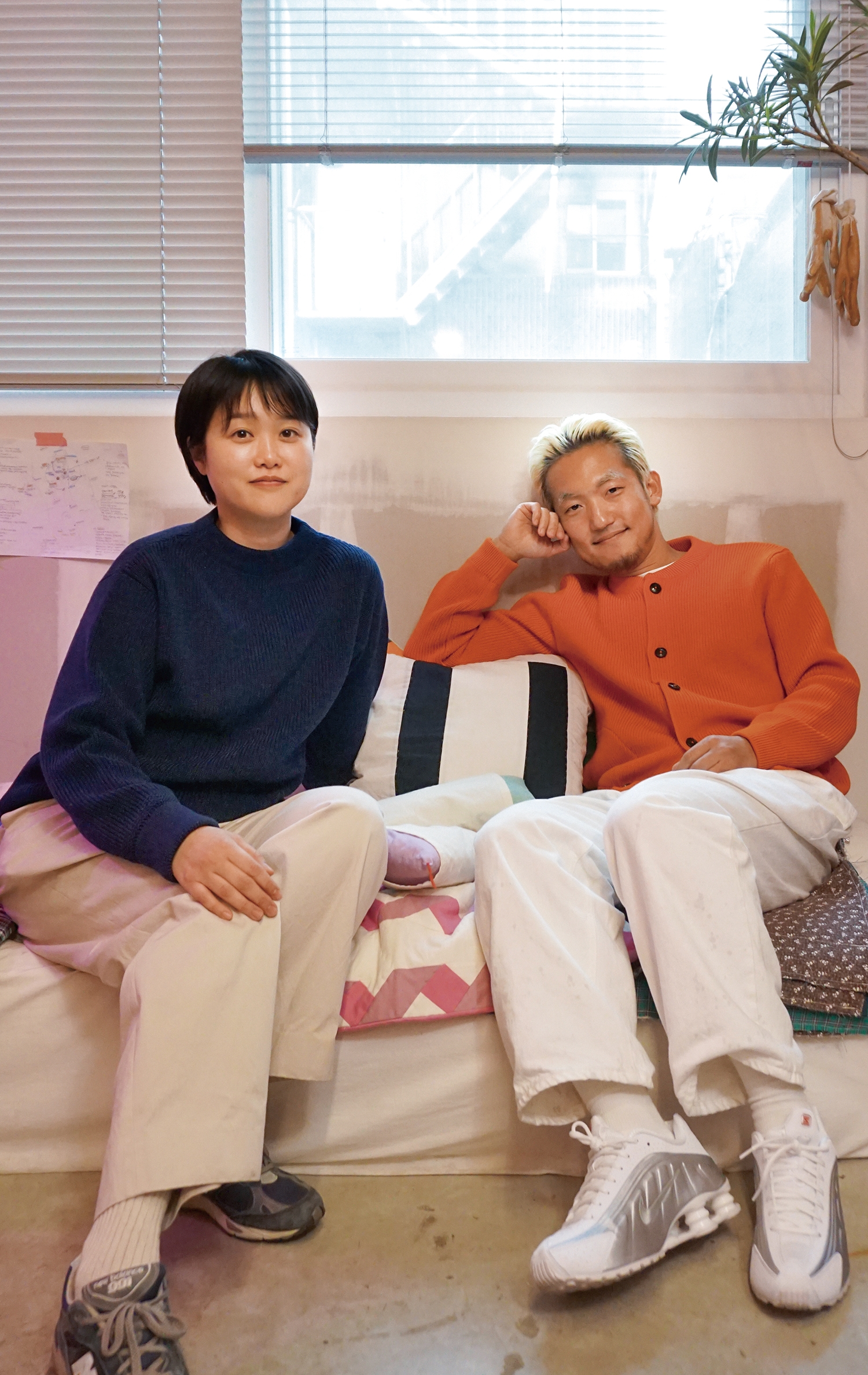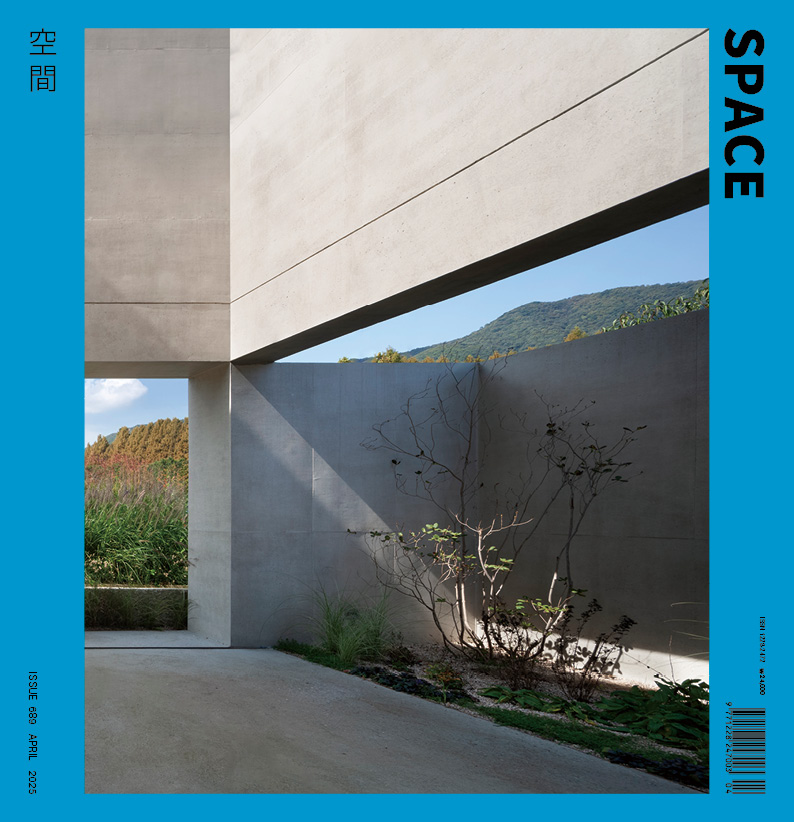SPACE April 2025 (No. 689)
I AM AN ARCHITECT
‘I am an Architect’ was planned to meet young architects who seek their own architecture in a variety of materials and methods. What do they like, explore, and worry about? SPACE is going to discover individual characteristics of them rather than group them into a single category. The relay interview continues when the architect who participated in the conversation calls another architect in the next turn.
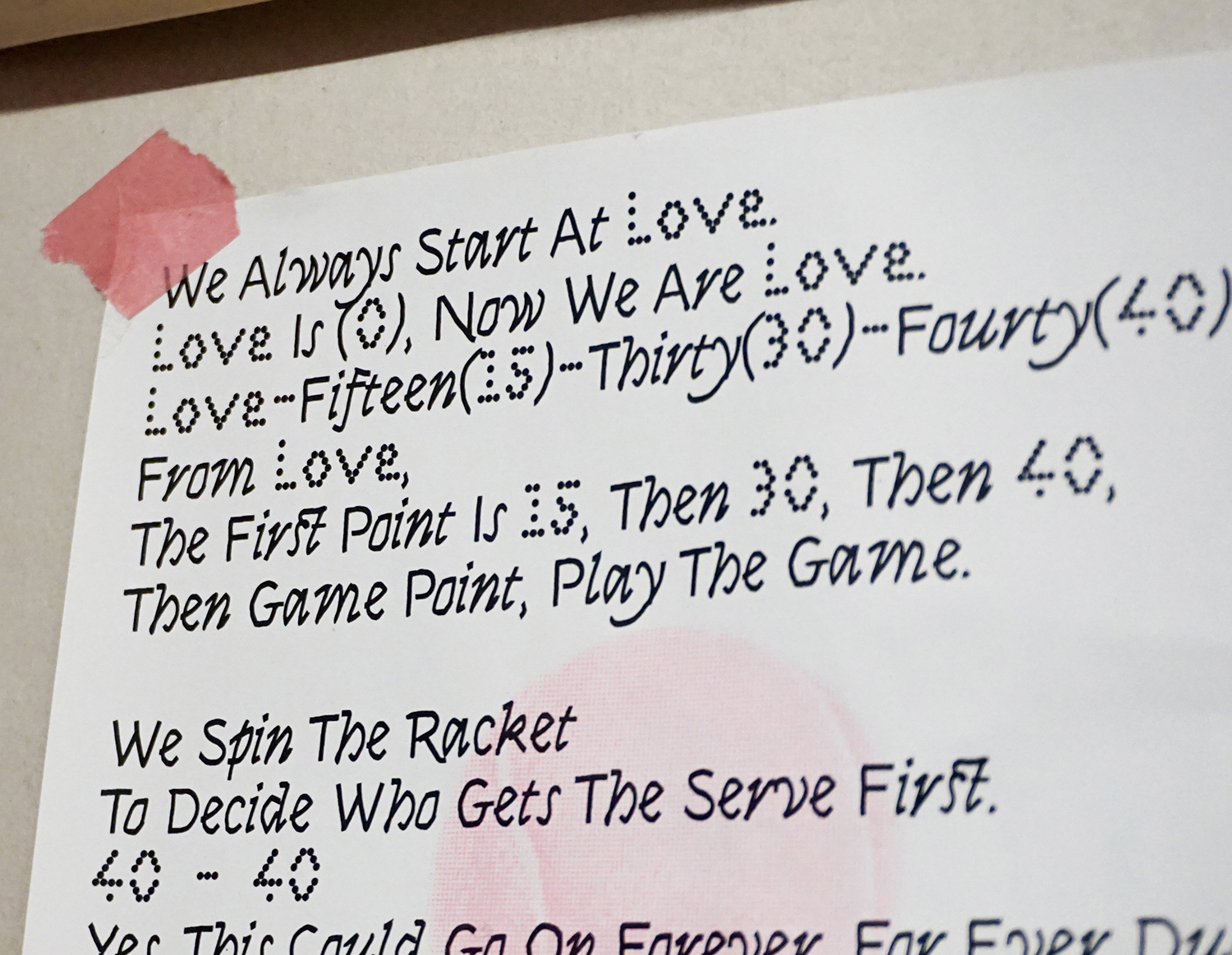
Interview Kim Hyebin, Ha Jingu co-principals, Kong & Ha × Kim Bokyoung
A Love Match Between Kong & Ha (Not Lover)
Kim Bokyoung (Bokyoung): What is the meaning of the name of Kong & Ha?
Kim Hyebin (Kong): Since high school, my nickname has been ‘Hye-Kong’ (kong means ‘bean’ in Korean). My colleagues at work also used to often call me by that name. And since Jingu’s last name is Ha, it became Kong & Ha.
Bokyoung: When I think of Kong & Ha, I immediately think of being in a pleasant mood and of pastel pink tones.
Kong: These associations actually derive from one of Kong & Ha’s internal projects. We collaborated with designers to create a business card that isn’t just in a typical card format but something more practical and usable. When we commission the design of a non-card style business card, along with merchandise, we give designers full reign, telling them that they can go maximal or make it as flashy as they want. This means that they enjoy the design process.
Ha Jingu (Ha): The first items we made were tissue boxes and t-shirts. After those ran out, we made cheering fans and scarves. Later, we also commissioned the design of card-style business cards as we felt the need for them.
Kong: Initially, we planned to commission different graphic designers each time but we ran out. And this time, we made way too many cards.
Ha: Everyone here today has to take one! (laugh)
Bokyoung: Pink tennis balls are also an important symbol of Kong & Ha, right?
Ha: If you take a look at our website, the mouse cursor is a tennis racket. You can hit floating hearts with the racket like tennis balls. (laugh) The website layout is also a tennis court. The website desinger, Team Chopstix, asked us to provide five keywords that best represent Kong & Ha. Among the keywords we chose were ‘love’ and ‘tennis’.
Kong: The keyword ‘love’ came from the idea that ‘good work comes from truly liking and loving our clients.’ Once when I was traveling with Ha I told him, ‘Why do our clients seem so cute these days? To find someone cute, don’t you have to really like them first?’ That conversation marked the moment when ‘love for our clients’ became a core principle for me, and it naturally carried over into Kong & Ha.
Ha: Speaking of tennis, it was the first sport to be played as a mixed-gender game. It is a very classic sport. The court is used more widely when playing doubles. The mix of structured rules and freedom within them feels similar to the way we work. Even the constant back-and-forth exchanges with clients resemble a tennis match. In tennis, when the score is 0-0, it is called, ‘Love to Love’, or ‘Love all’. A game that starts with love, and a Kong & Ha project that starts with love.
Kong: We started learning more about tennis and we were able to make stronger connections between it and Kong & Ha, officially introducing the concept during the 8.8 Open Studio event. Fun fact—tennis was at one time removed from the Olympics and then reinstated at the 1988 Seoul Olympics! That poster we made back then is actually hanging right behind us.
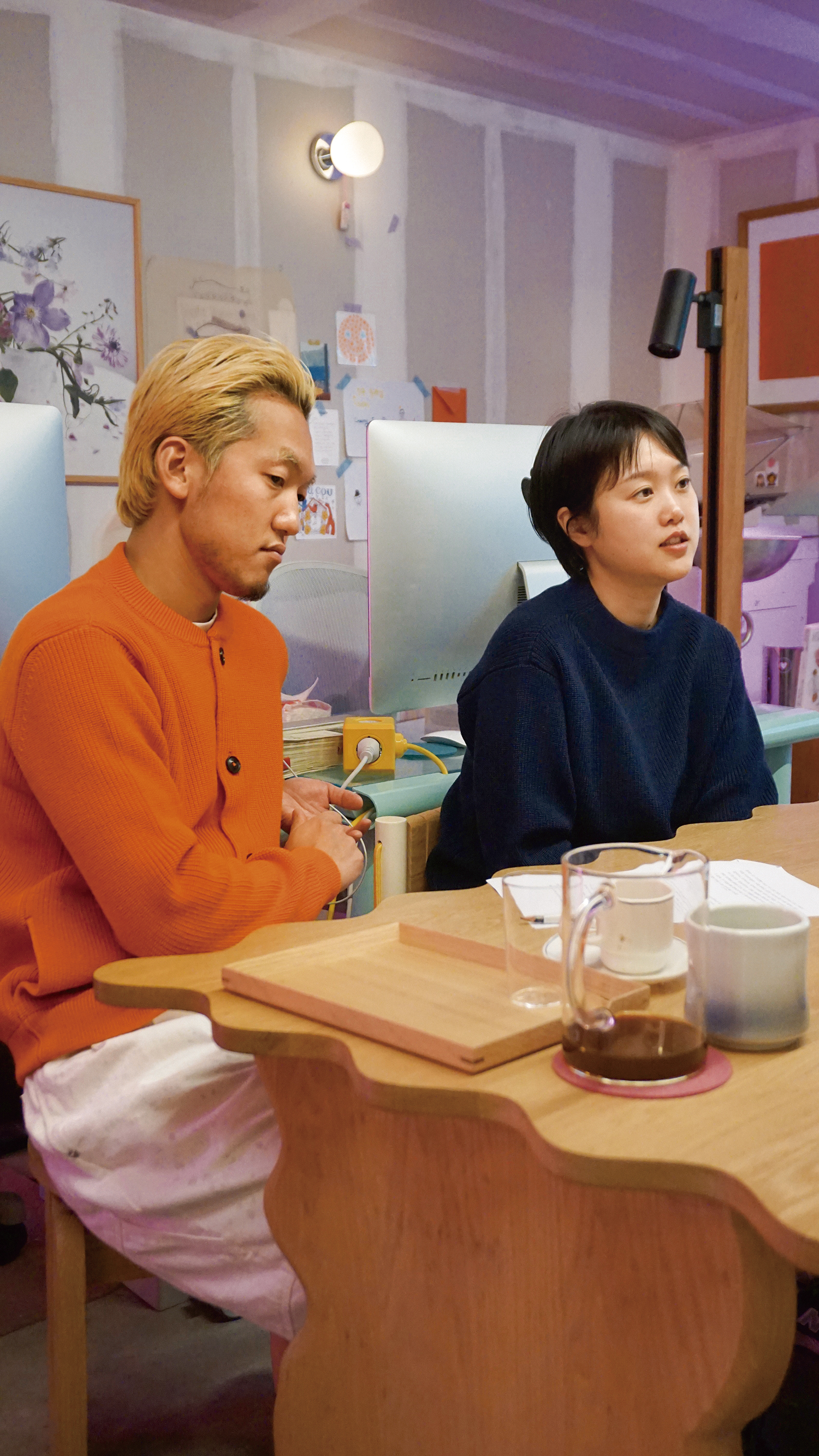
Ha Jingu (left) and Kim Hyebin (right)
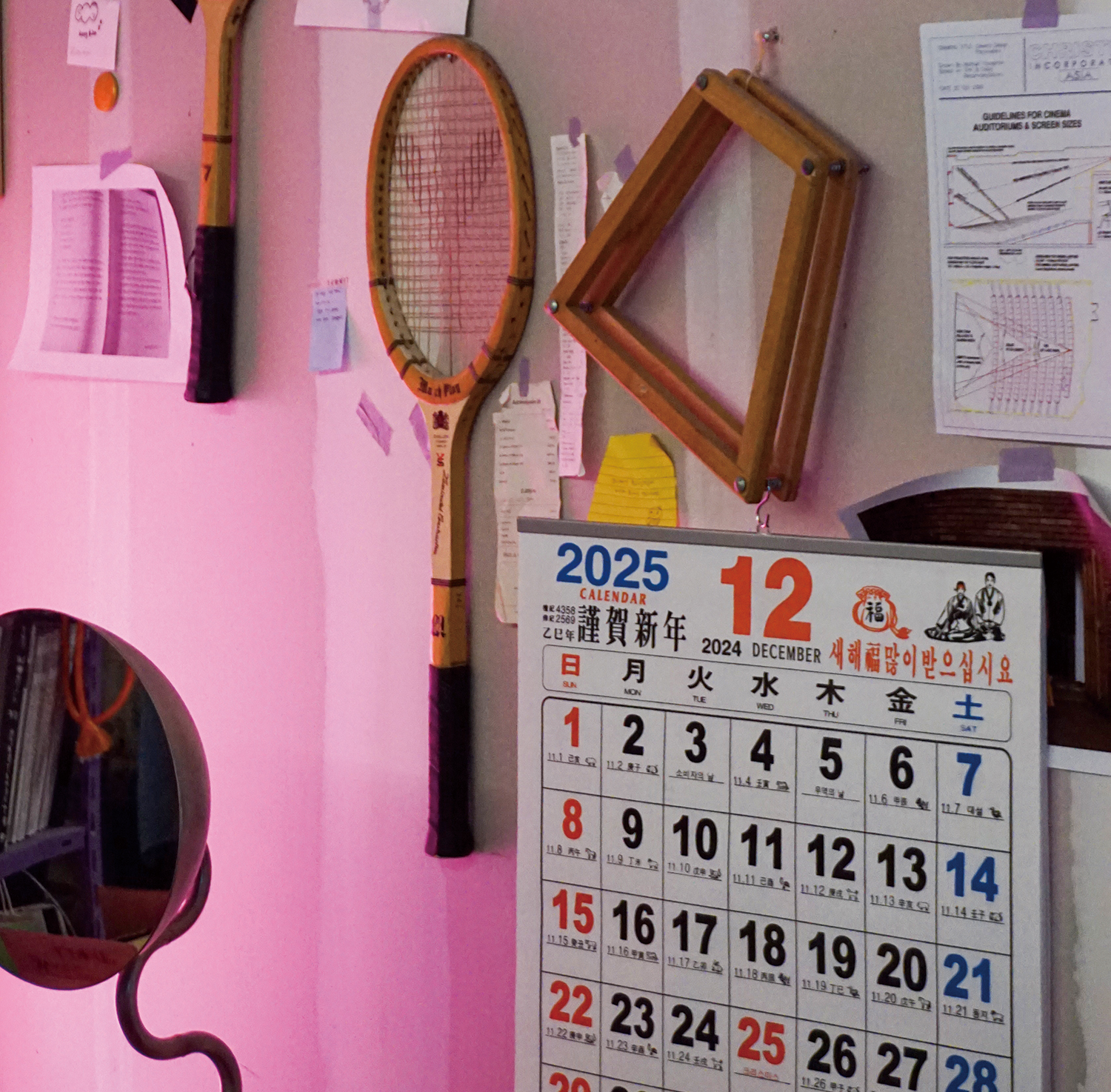
Office of Kong & Ha
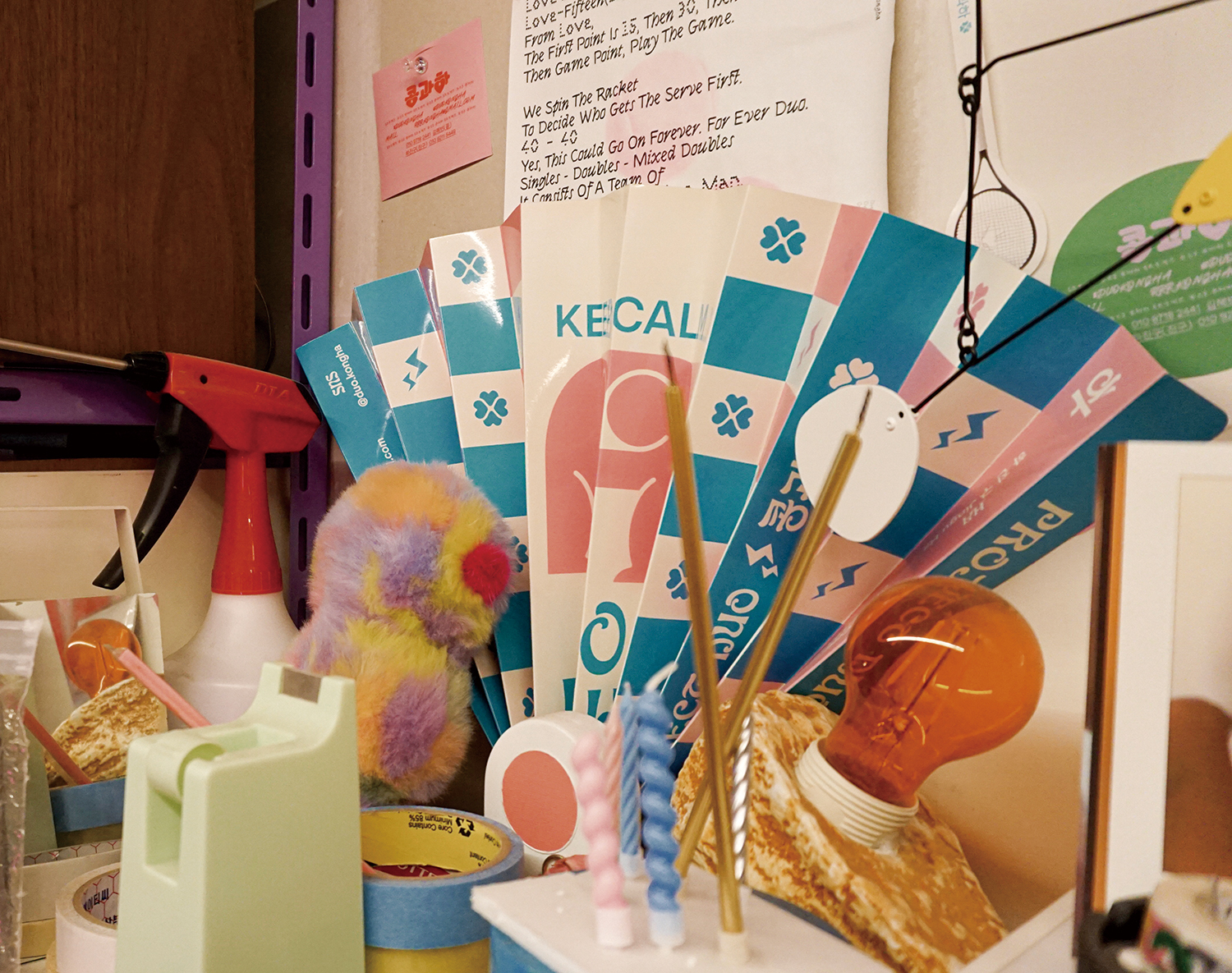
Love Starts with Dialogue
Bokyoung: How does Kong & Ha approach its work?
Kong: At Kong & Ha, we first take time to get to know our clients instead of proposing formal presentations. Sometimes, we talk all day. We try to have friendly conversations to naturally draw out their thoughts and impressions. Then we determine priorities and develop the design with our client based on these discussions.
Ha: When you present a completed design in a proposal, clients often don’t have much to say. Even if they request changes, they only focus on minor details. In a way, they’re just ‘buying’ the design. But when we have friendly conversations, clients feel more relaxed and open. We build a closer relationship. They become actively involved in creating their own home or store, and ultimately, could end up building their own space together. That’s why we often tell clients that we’re a team working on this project together.
Kong: After our interview with the client we conduct an on-site measurements. During this measurement phase we develop a sense of space, such as ‘this area is great,’ or ‘we should cover this part up,’ and from there we start sketching a few layouts. This is usually done by hand.
Another important step in creating layouts is gathering references. If we only discuss ideas verbally, we tend to imagine different things, but with images we can share a clear sense of the space’s atmosphere and refine it.
Bokyoung: Not only is your method of building relationships with clients very thoughtful, but your work itself also feels meticulous and handcrafted. I was especially impressed with the hand-drawn flowers and painted tiles in the Drawing House.
Kong: The tiles were along the lines of a team collaboration. The Drawing House belongs to the painter Seo Yoonjung. She wanted a room dedicated to a workspace, and we thought it would be nice to have a sink inside so she could use water conveniently without going to the bathroom. It happened to be that she was working on painting tiles around then, and we loved them so much that we proposed to incorporate them through out the house. It really is our client who is our third team member! (laugh)
Bokyoung: The drawings on the tiles were so beautiful that if Kong & Ha had drawn them, I would have assumed that either one of you have a background in the arts…but I guess not!
Kong: Yes, neither of us went to an art school. Instead, many of our clients come from design and art related fields. This may be because our website sets a high entry barrier. Most design studios have a sophisticated and simple design, but our website is unconventional in comparison. It is quite flashy and filled with hearts, but those who understand our aim within this come to us with a strong belief that they can trust us no matter what we create.
Bokyoung: You also collaborate a lot with designers outside of your clients, right?
Kong: That is true. We think that a space designed by one designer is less interesting. When we collaborate with artists or designers who fit the space and brand, their unique perspectives add an unexpected richness to the project.
Ha: A key example of a project on which we collaborated with a designer and client is Movie Land. Our client, Mobetterworks, is a team that specialises in design and planning. They seemed to pay even more attention to the details than we did. The second floor has terracotta tiles as the result of a collaboration between the ceramic artist Kim Sora from Nightfruiti and design by Mochoon. Also, there are ceramic replicas of Mojo made by Kim. Door handles were made in the form of Mojo, Movie Land’s symbolic bird. We enjoy collaborating with designers and artists as it generates more intricate, handcrafted details.
Bokoung: Your projects use a variety of materials and colours, yet they always feel well-balanced and cohesive.
Kong: We tend to get fixated on certain materials over different periods of time. For example, at one point, I really wanted to use pea gravel, which is typically used for outdoor walking paths, in an indoor space. The suppliers refused at first, but I convinced them to use the material for indoor spaces. At Salad Seller, we also used a wire mesh and Lexan corrugated panels, which are usually for rooftops, at indoor areas. I like the fact that the wire mesh does not have the cold and industrial feel of stainless steel, but still gives a metallic vibe. Its grid pattern also pairs well with tiles. We used the Lexan panels on the first floor to visually and acoustically block the exposed pipes. Likewise, we enjoy searching for new materials while keeping balance in mind
Ha: What feels harmonious differs from project to project—it always depends on the specific context. That’s something we figure out through conversations with our clients. Some want bold, vibrant colours, while others prefer a gallery-like, minimalist home.
Kong: I think we naturally gravitate towards an organic, unforced aesthetic. Spaces that are overly conceptual and visually overwhelming feel exhausting to us. We believe that mixing different materials and colours creates a natural atmosphere. That way, even if someone visits a space multiple times, it feels different depending on where they sit. That variation makes the space more comfortable and enjoyable, encouraging people to return.

Salad Seller (2024) ©Kong & Ha
Behind the Scene of Kong & Ha
Bokoung: What made you dream of what you do now, before Kong & Ha?
Kong: I loved drawing and was always interested in art, ever since my childhood. I didn’t like learning things with predetermined answers, so I didn’t even want to take the practical skills test when applying to university. That’s when I thought about studying something similar to drawing, which led me to apply to architecture school. I got in, and once I started taking classes, I found them even more interesting.
After graduation, I did an internship at a large architecture design firm. At the time, in Korea, ‘architectural design’ usually meant focusing on a building’s structure and façade, while other aspects were left to the next team. When I graduated, I rarely saw firms that designed the finer details—like door handles, rainwater pipes, or exhaust vents. Of course, there wasn’t much demand for thoughtfully designed spaces either. I kept wondering how I could create the kind of architecture I saw in books, where every little element was meticulously designed. I thought interior design might be the answer, as it would allow me to design everything within a space. My ambition was to gain experience in interior design and later study architecture further, in order to oversee every last detail of a building.
I do not know if I can ever be understood as an ‘architect’. But whether I am or not, I’ve realised that creating good spaces is what suits me best and that is what I’m best at.
Ha: I ended up in this field solely by chance. I don’t consider myself neither a spatial designer nor an architect. I always think about ‘what exactly is the work that I do?’ This field is incredibly challenging. It’s about bringing the space I conceptualised to life. It’s not just about aesthetics, like some fields—it has to be structurally sound and functional, too. Lately, I find myself resonating with the classic Vitruvian principle of architecture: structure, function, and beauty. If we’re designing a commercial space, it also has to be profitable. The space itself has to contribute to marketing. It feels like we’re covering an incredibly broad spectrum of work.
Bokyoung: Where do you find the strength to keep doing this work?
Kong: I feel the happiest and most energised when we receive positive feedback from our clients. When I see a commercial space thriving with people who love and use it, or when a client moves into their newly designed home and tells us how it has brought fresh moments into their life—I feel a deep surge of energy.
I also believe that in order to sustain our work, we sometimes need to step away from it. Taking breaks is crucial. This is highly supported by our Ongsim (dog, support manager), who has been with us for two years. We have to take her out for walks at least twice a day. I’m a homebody by nature, but when I go out for a walk with Ongsim, it really clears my mind and often sparks new ideas. These ‘walks with Ongsim’ has become one of my biggest sources of inspiration that keeps me going.
Ha: She started as an intern and in just two years she became a manager. It seems that there was a reason for this fast promotion. (laugh) I am refreshed too by these walks, and it helps with my mental well-being. I see my role as guiding projects while balancing different conditions and constraints. To do that flexibly, I need to have knowledge across various fields. So I make an effort to expand my perspective and learn from different people, gaining indirect experiences and energy along the way. Oh! And I play tennis. (laugh)
Bokoung: Can you please give us a sense of Kong & Ha’s future plans?
Ha: We are an ambitious duo with lots on our list of things that we hope to do. Before we had a website, we actually considered creating a portfolio book centred around the theme of love. Since we have conducted such in-depth interviews with our clients, we thought about organising these conversations into a portfolio or volume.
Kong: We have so many meaningful conversations with our clients, and it feels like a shame for those stories to just disappear. Because we’re always caught up with work, our internal projects keep getting pushed back—but we’re actually preparing to open a space of our own! This year, we’re determined to make it happen.
Ha: There’s a space we’ve been holding onto for a long time, and we’re finally working on making good use of it. It could become a stay, an exhibition space, or host various programmes. It’s not in Seoul. Since we’re also interested in the operational side of spaces, this will be a great opportunity to gain hands-on experience. If you ever get the chance, please come and visit.
Kim Hyebin and Ha Jingu, our interviewees, want to be shared some stories from Kim Seona, Lee Soobin (co-principals, Studio Stuckyi) in May 2025 issue.
